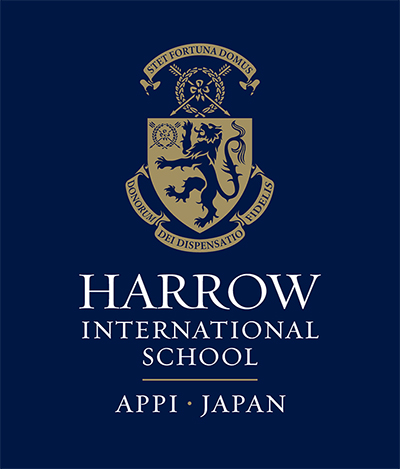On Saturday 11 November the Languages Department organised a wonderful trip to Hiraizumi for the 42 Japanese Remove and Fifth form students currently studying Japanese. Hiraizumi, in Iwate prefecture, is renowned as a UNESCO World Heritage Site, and the visit allowed them to discover more about the life and literary works of the celebrated poet, Matsuo Basho, who famously travelled there in 1689.
Leaving school after breakfast, the students travelled by coach firstly to the Hiraizumi World Heritage Information and Guidance Centre where they were greeted by the Director, Mr Tadao, who explained the role and importance of the centre. They spent an hour on a guided tour of the centre and museum and learned how, in the 11th and 12th centuries, Hiraizumi was the administrative centre of the northern realm of Japan and rivalled Kyoto. The realm was based on the cosmology of Pure land Buddhism which spread to Japan in the 8th century. The students enjoyed a visual experience of Hiraizumi temples through the seasons with a widescreen and images projected on the floor in the prologue theatre as well as seeing many artefacts in the special exhibition room.
After a Japanese-style lunch in the Hiraizumi Resthouse Restaurant, students enjoyed walking around Chusonji temple, Hiraizumi’s most famous attraction comprising a large network of temples, the most spectacular being Konjikido. Similar to Kyoto’s famous Kinkakuji (Golden Pavilion), Konjikido is a hall completely covered in gold dating back to 1124. Although chilly, the students enjoyed ambling around the temples, gardens with beautiful autumn colours, and the many archaeological sites representing the Buddhist Pure Lands. Many students were particularly interested in the famous statue of Matsu Basho in Chusonji temple and eager to retrace his steps.
The Fifth Form Japanese students have been studying and giving presentations on Matsuo Basho, reading his works and finding out about his life. A prolific haiku master, Basho is renowned for his poetic travelogue called ‘The Narrow Road to the Deep North’ ‘(Oku no Hosomichi) in which he recounts his feelings as he looked down from Takadachi on the rustling grasses, reflecting on the century-long glory of the Hiraiazumi Fujiwara clan and the tragic end of their reign and the life of the samurai Minamoto Yoshitsune, one of the most celebrated and enduring figures in Japanese culture. The students walked along Takadachi Gikeido to the memorial of Minamoto Yoshitsune.
The highlight of the day was probably Motsuji Temple which is a designated specific historic site. Founded by Ennin in the Kasho era (850) the 40-temple, 500-monastry compound was constructed by Fujiwara no Hidehira. The students walked under the majestic trees that line the Oizumigaike pond, a spectacle of beauty that has not changed in 800 years and marvelled at the splendour of the temple complex.
Masataka, Shogo, Hirotsugu and Kenkou, were all delighted to visit the gold temple in Chusonji temple and said: ‘We are grateful to Mr Chambers, Ms Uhara and Ms Ikeda for arranging this trip and giving us the opportunity to go to Hiraizumi and see the amazing koyo (autumn leaf colours) and incredible temples.
Raiki, Tomo and and Tomoki added: ‘Going to see the memorial to Minamoto Yoshitsune at Gikeido was fabulous and has made us want to learn more about Japanese culture and history’.
Kou, Kio and Yuko loved the obento lunches with specially prepared mochi dishes and enjoyed the outing enormously: ‘We have been researching Matsu Basho in lessons reading Oku no Hosomichi so it was amazing to walk along the same route that he walked nearly 350 years ago’.
Mr Chambers
Head of Languages

